Cape May, New Jersey Birding, Nature and History
Cape May, New Jersey is one of the top spots for birding in the world. Whether you are a casual observer armed with binoculars, a serious ornithologist or a photography hound… Cape May has it all.
Cape May in Context
Southern new Jersey is a grand tour of rolling pastures and farmland, vast pine forests, expansive wetlands, even the roadsides are not so much manicured as they are hewn for aesthetic harmony with the environment. New Jersey IS the Garden State. The crown jewel at the southernmost tip is Cape May, Americas’s oldest seaside resort.
Cape May stands in stark contrast to many boisterous boardwalk beach towns of the mid Atlantic, such as the bombastic neon ray gun of it’s northerly neighbor, the Wildwoods. Laid back vibes permeate the pristine swimming beaches and the clean enough to eat off of streets that run about North America’s richest collection of Victorian architecture, second only to San Francisco.
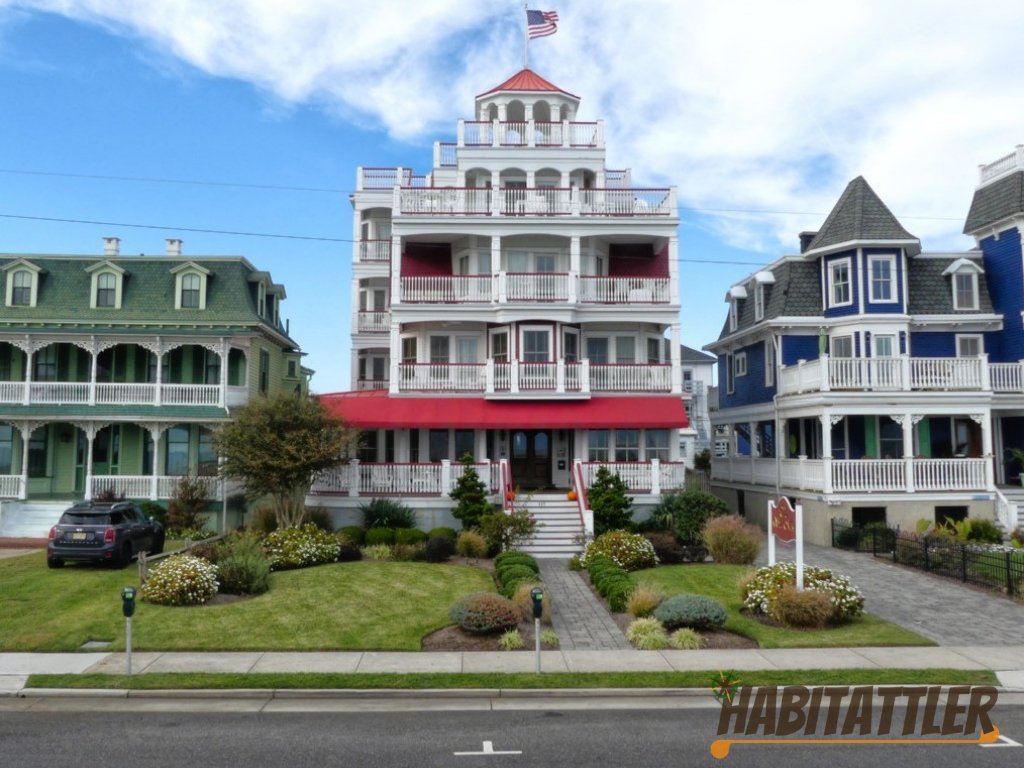
For a quiet getaway in a fantastically festooned seaside retreat, Cape May is the gold standard but that is not why I call on its charms. Uniquely situated on a narrow peninsula along the Atlantic Flyway, Cape May is encompassed by brilliant natural areas brimming with wildlife and one of the best spots for birding in the world.
Cape May County has many well regarded natural tracts and attractions from which to choose. The following featured locales and activities are located just several miles from the heart of downtown Cape May. Its a cinch to indulge in all of the action without straying far from the destination hub. Cape May is a birding bastion all year long year but peak times for certain activity are as follows, with early morning and dusk typically granting the best viewing:
- Mid -May to mid-June = migrating shorebirds and songbirds.
- May, June and July = nesting american oystercatchers, least terns, piping plovers and black skimmers.
- September and October = migrating songbirds, waterfowl, shorebirds, raptors and monarch butterflies.
Cape May Point State Park
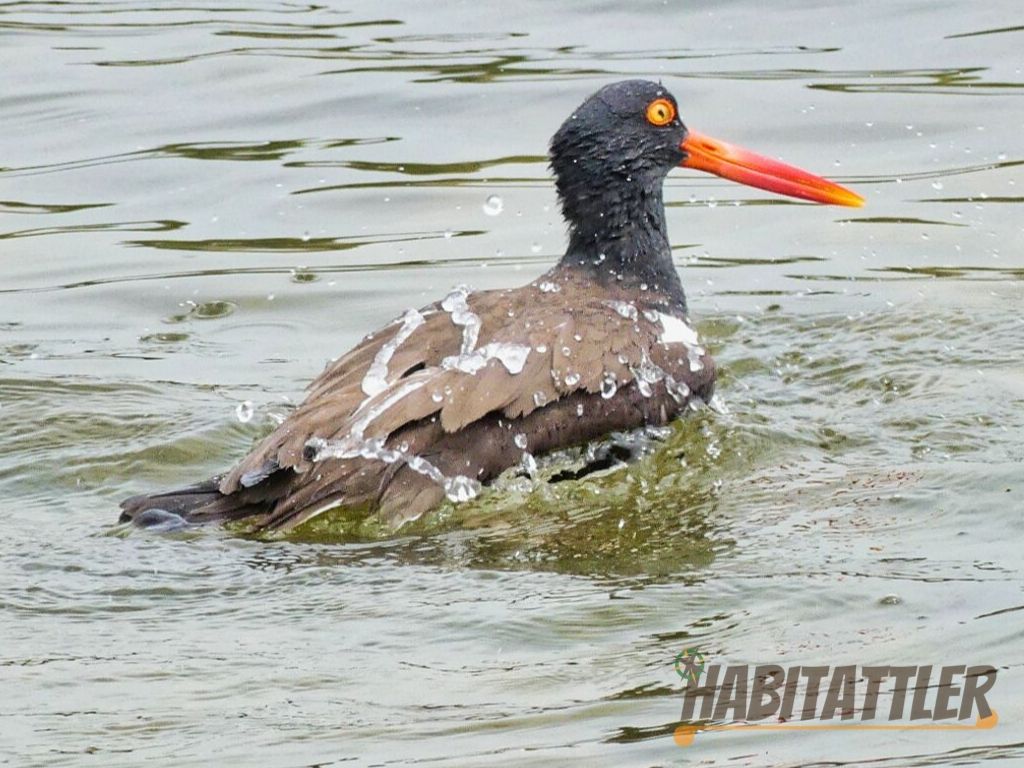
- Historic Cape May Point Light House
- Hawk Watch observation deck
- Forested trails, some handicap accessible
- Dunes, freshwater wetlands and ponds
- Picnic pavilions
- Museum
- Facilities
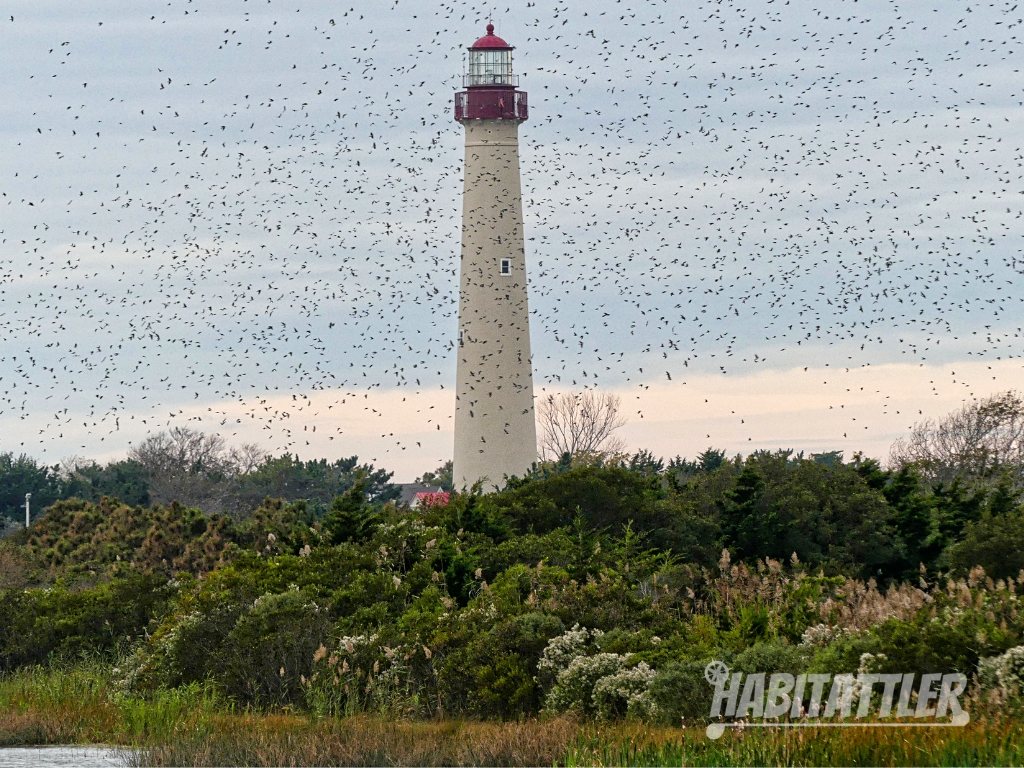
Cape May Point State Park is well known for the historic 1859 Cape May Lighthouse, which you can climb for a panoramic view of the area. The ruins of the World war II era Battery 223 are also on offer for the history or military Buff.
The big show for the birding set is the Cape May Hawk Watch observation platform. Hawks and raptors are almost always visible from this choice lookout during the count period from September through November. Every autumn, aficionados from around the globe flock here to witness the Fall migration and many use it as a hub and staging area. In addition to insightful staff from the Cape May Bird Observatory, you will find Birders socializing, jargoning, talking gear, and sharing tips on what spot to hit next. There is no pressure to engage or be part of the gang, I usually just keep to myself, but camaraderie and resources are there if so desired.
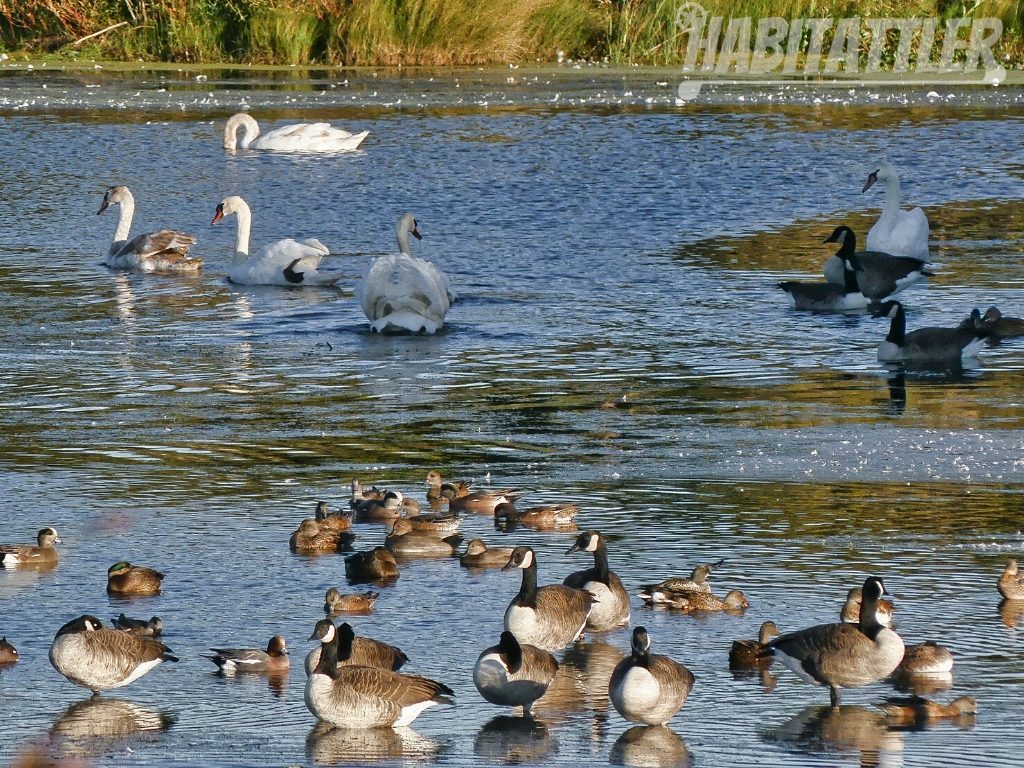
Though raptors are the main attraction, the Hawk Watch overlooks a large active pond with waterfowl, swans, shorebirds and waders to gaze upon. Leave the Hawk Watch behind to wind over the boardwalks and down the trails, through 153 acres of ponds, coastal dune, marsh and forest habitats. Birdsong fills the air as you encounter amphibians, muskrats and maybe even a snake in a tree.
Ample parking, bike lockups, restrooms, picnic areas and educational resources are also available.
South Cape May Meadows Preserve
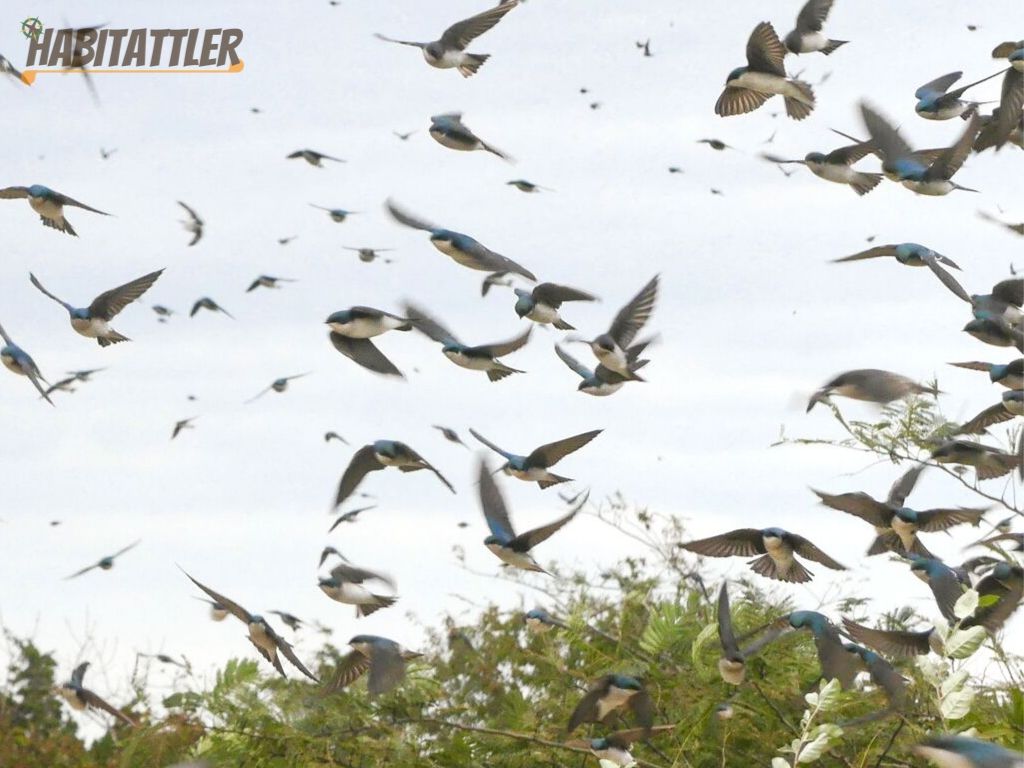
- 200 acres of restored critical habitat
- Dunes, Freshwater wetlands, Meadows, Ponds, Protected Beach
- 2 Miles of trails
- Observation Platform, Bird Blind
- Rose mallow, cattails, grasses, rushes, wildflowers, sedges, goldenrod, beach heather, sea rocket and several varieties of primrose.
- Pets are not permitted on trails.
- Trails are open to foot traffic only. (A bike rack is available in the parking lot.)
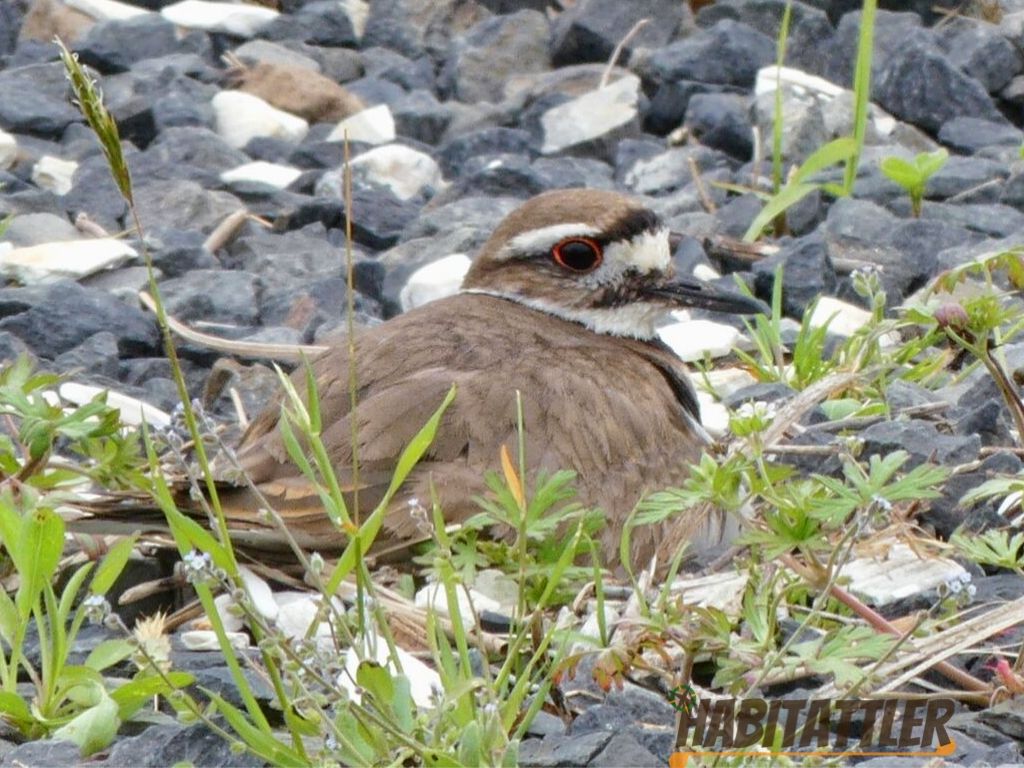
In 2004 the Nature Conservancy reclaimed 200 acres of this critical habitat with assistance from the Army Core of Engineers. The easy to navigate network of trails, ponds and protected nesting beach is alive with restored native vegetation that provides vital refuge for migratory birds and wildlife.
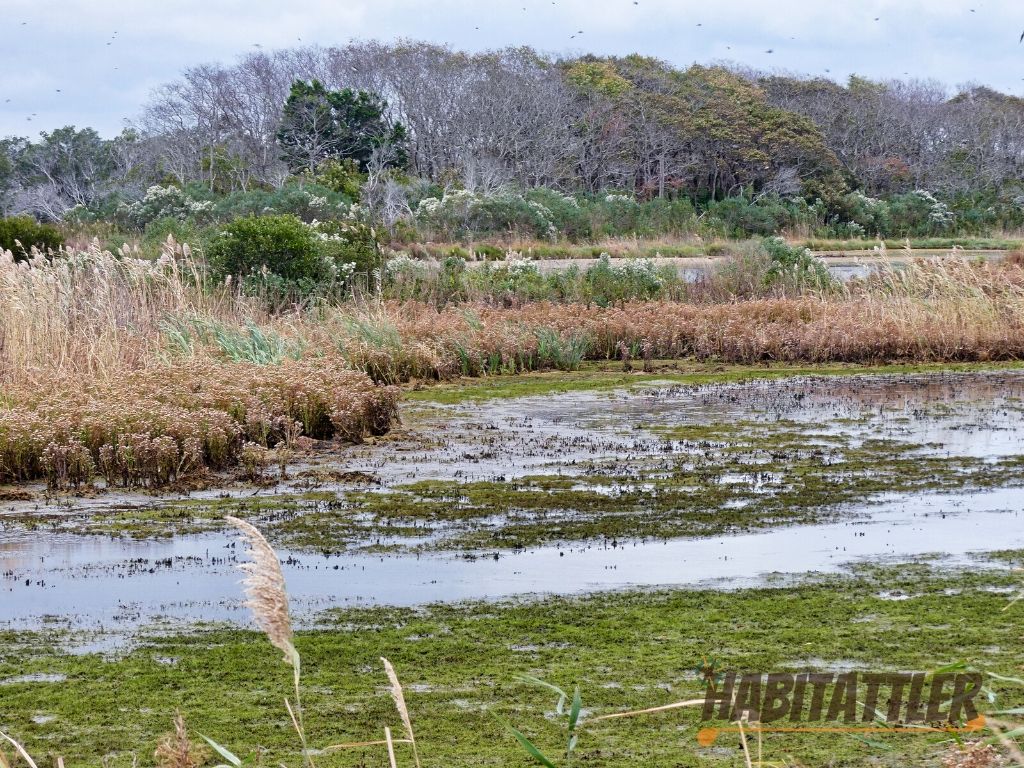
Enter the South Cape May Meadows from Sunset Boulevard and make a beeline for the observation deck and bird blind for instant gratification. Another option is to wander into the Meadows through the interconnecting trails of Cape May Point State Park. The latter is my preferred route as I enjoy sauntering through the trails to a slow reveal and the meadows parking lot can fill quickly during peak season.
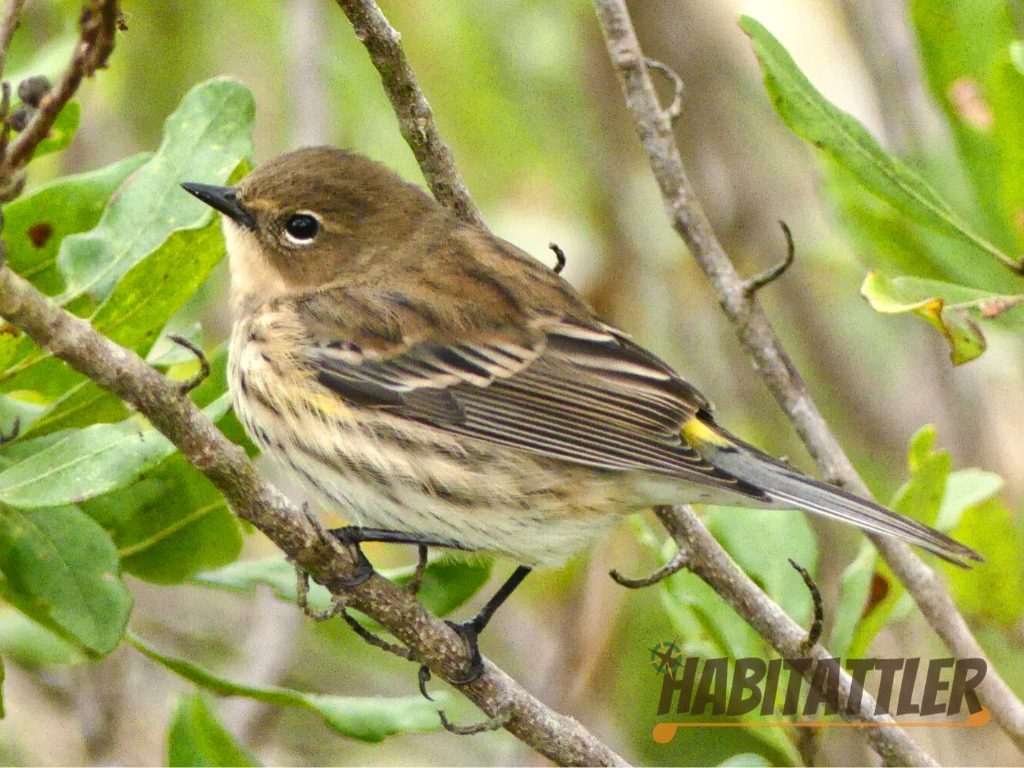
The Meadows can be mellow with only a peppering of shorebirds, waders, waterfowl and swans feeding in the ponds, OR it can be action packed with flurries of songbirds dashing across the paths with raptors in hot pursuit. My favorite encounter was being nearly engulfed by a very large flight of low flying tree swallows. They came upon me and my ladyfriend like a storm and I’ve not experienced a joyful panic quite like it. You can view a short clip below. This is the same flight of swallows seen in the featured image at the top of the post, blotting out the Cape May Lighthouse.
New Jersey Audubon Cape May Bird Observatory, Northwood Center.
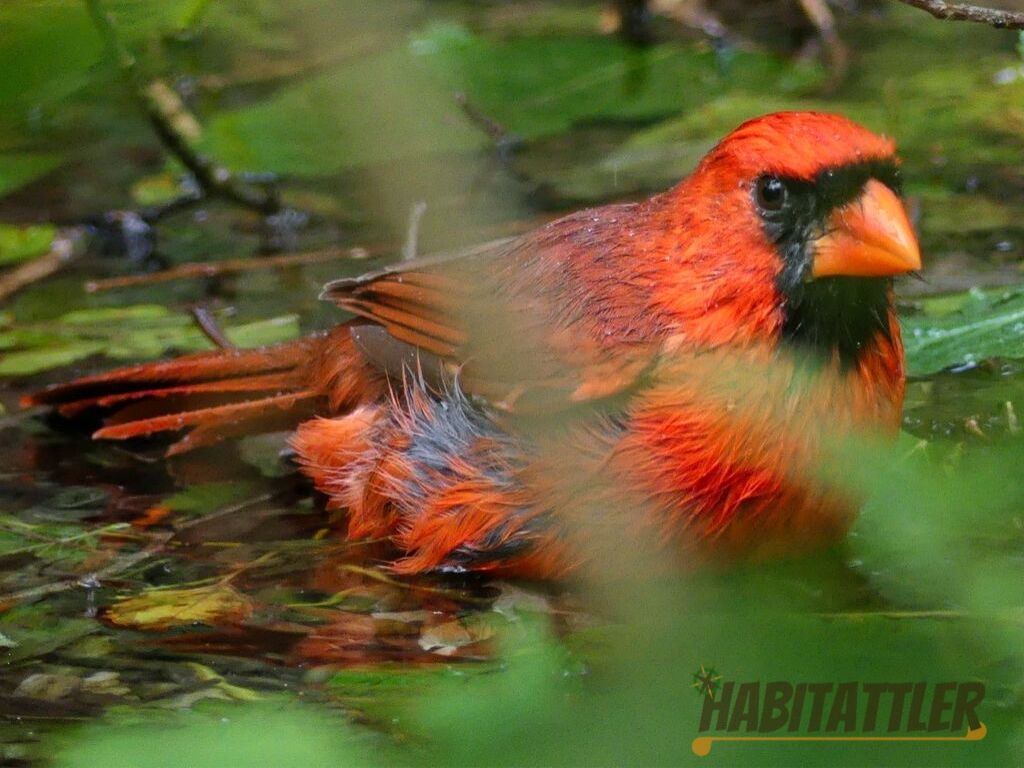
- Birding center with educational mission.
- Excellent bird garden with observation blind.
- Well curated bookstore
- Knowledgeable staff for advice and guidance on local bird watching
- Binoculars, scopes and accessories for sale.
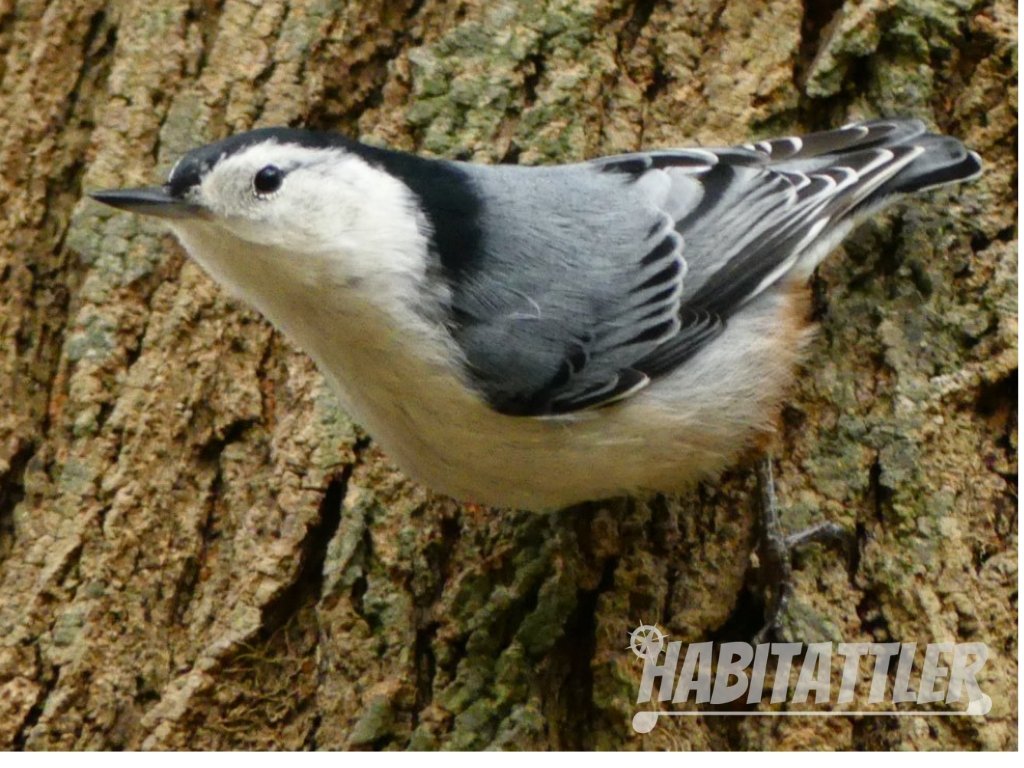
The New Jersey Audubon founded the Cape May Bird Observatory in 1976 as an educational programming outpost. The Northwood branch is located in the heart of Cape May, just around the corner from Cape May Point State Park. The Cape May Bird Observatory Northwood Center is an excellent first stop on your journey. Seek advice for your day out, pick up that field guide, test and purchase optics, and sign up for special programs and guided field excursions. New Jersey Audubon membership is not required to enjoy the observatory, or their lovely bird garden, though membership offers discounts and supports a worthy conservation mission.
In addition to their overall mission and operating the Bird Observatory, The New Jersey Audubon organizes 3 major annual birding festivals. The World Series of Birding, is a charitable competitive bird count. The Cape May Fall Festival is the oldest birding festival in the United States with special tours, vendors and prominent expert speakers with a focus on the Fall migration. The Cape May Spring Festival is the Spring migration equivalent of the Fall Festival.
Higbee Beach Wildlife Management area
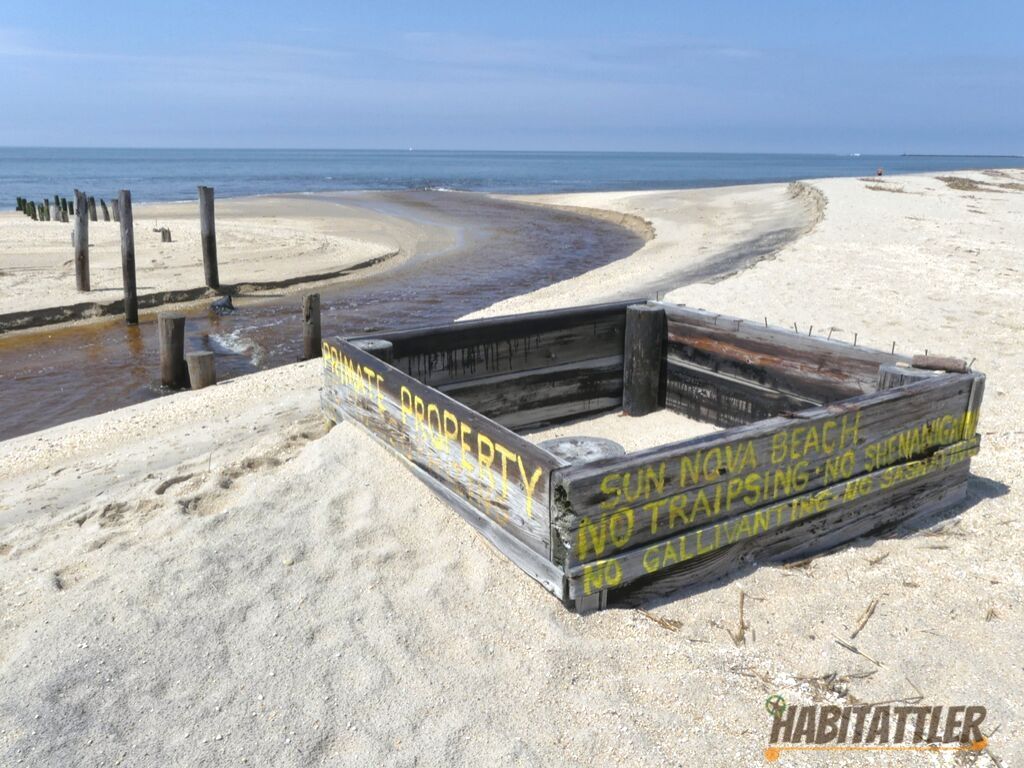
- 1100 acres
- Dunes, dense coastal upland forest, scrub shrub, meadow and mudlflats.
- Tidal and non tidal wetlands
- 1.5 miles of beach
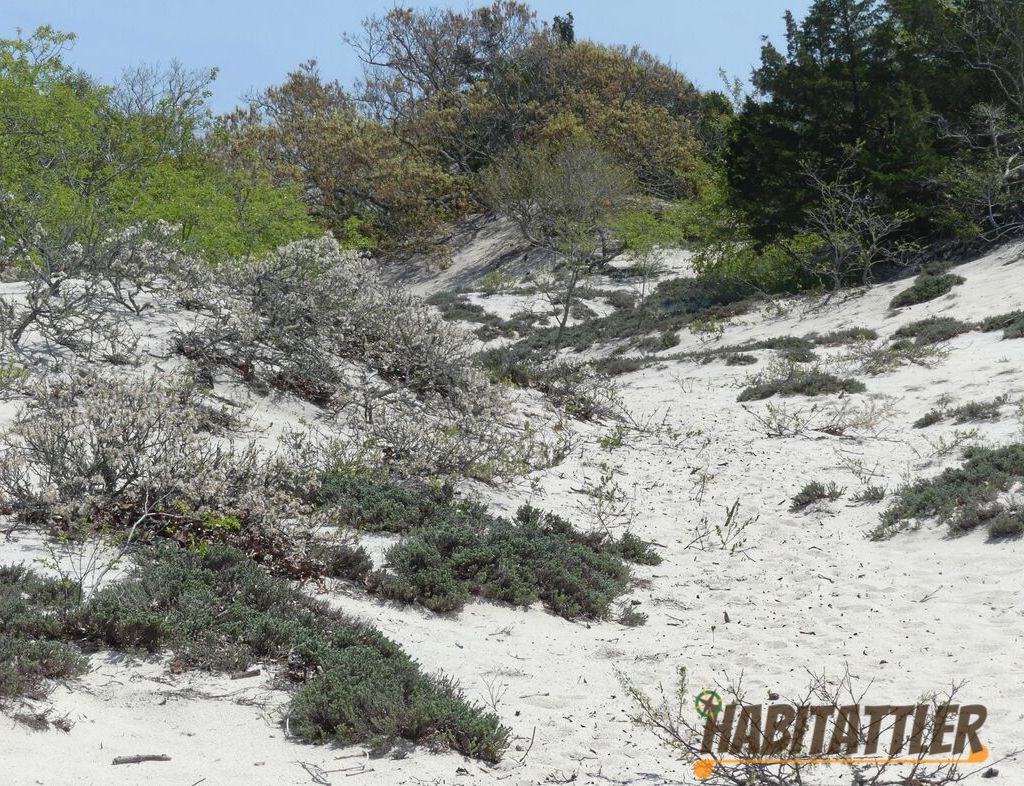
Higbee beach is the most diverse habitat of all the locations discussed in this post. Whisping fields of wildflowers dotted with darting songbirds funnel to corridors of upland canopy that transport you to one of New Jersey’s last stands of dune forest. I find the dunes most captivating. These are not simple humps to trod over in order to reach the beach, this is a vast lush and rolling ecosystem with dunes reaching 35 feet. It is an otherworldly desert- like garden of prickly pear cactus, persimmon trees, beach plumb and scrabbling fence lizards. Exploring Higbee fully is a proper hike but well worth it, whether for the songbirding or just to lose yourself. The Cape May Times has an excellent piece detailing birding at Higbee HERE.

Higbee Beach is also my favorite spot to see the annual horseshoe crab spawning. This is an inspiring natural event that should not be missed. Summoned by the New and Full Moons in May and June, hordes of living fossils congregate on the shores of the Mid Atlantic to spawn their next generation. Migratory birds depend on the Horseshoe Crab for survival and these relatively unsung animals may have, literally, saved your life. Not only can you enjoy this event but you can help them succeed as well. Read the Habitattler post on the Horseshoe Crab spawning HERE.
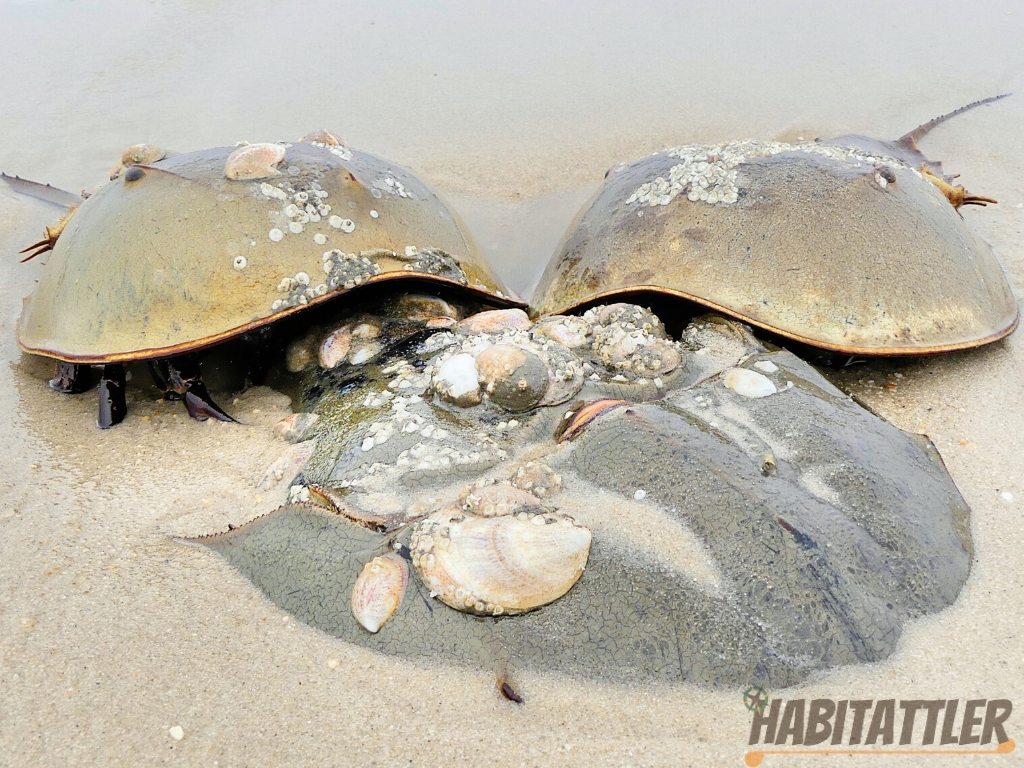
Birding by Boat on the Osprey
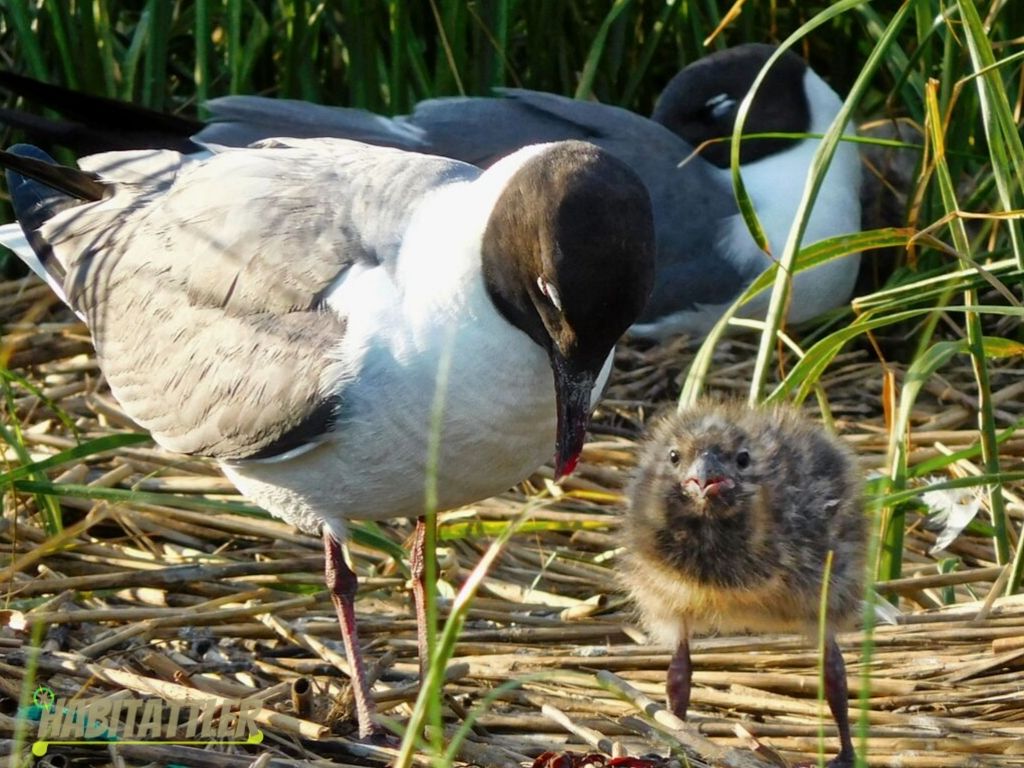
- Guided boat tour with expert naturalist.
- Cape May Habor, Backbays and Salt marshes.
- Large variety of Migrating Shorebirds, Nesting Grounds and more.
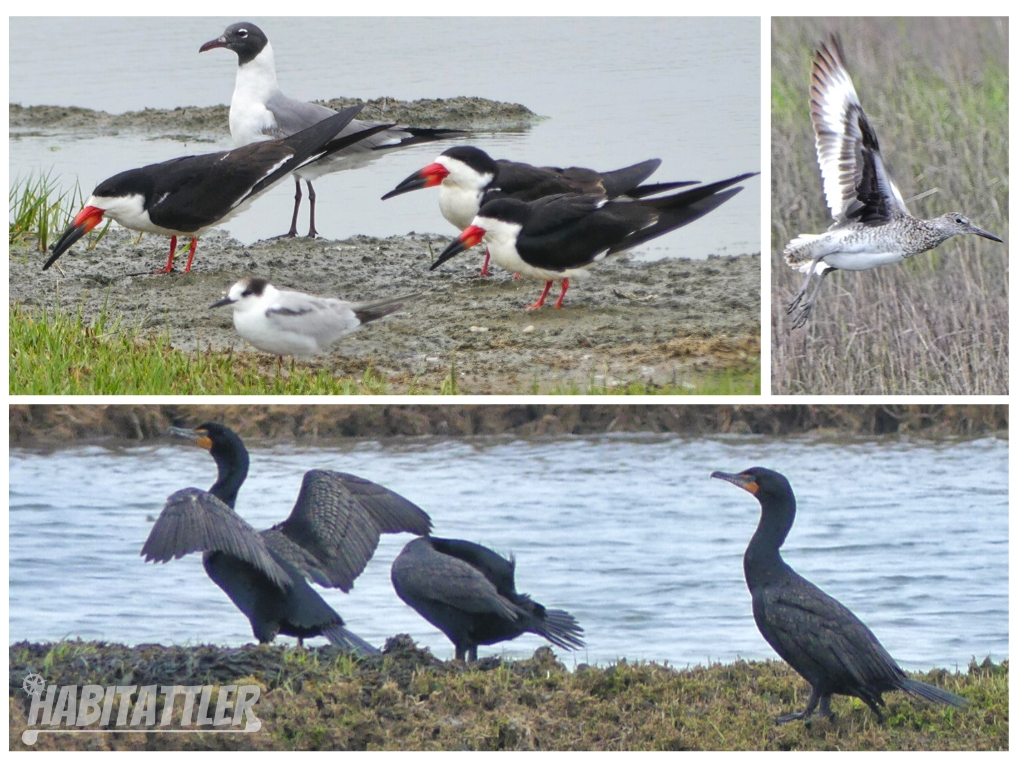
Birding by Boat on the Osprey is the easiest way to see the largest concentration and variety of migrant shorebirds, nesting birds, osprey, terns, gulls, herons and more. Expert naturalist Captain Bob Lubberman has been exploring these waters since 1979 and conducting tours since 1995. Bob and his team know the territory, know the birds and they know where to find them like no one else. These 2 -3 hour tours are sure to please both casual and avid birders and are an absolute must for wildlife photographers. When the Cape May Bird Observatory books boat tours for the special events previously mentioned, this is the guy.
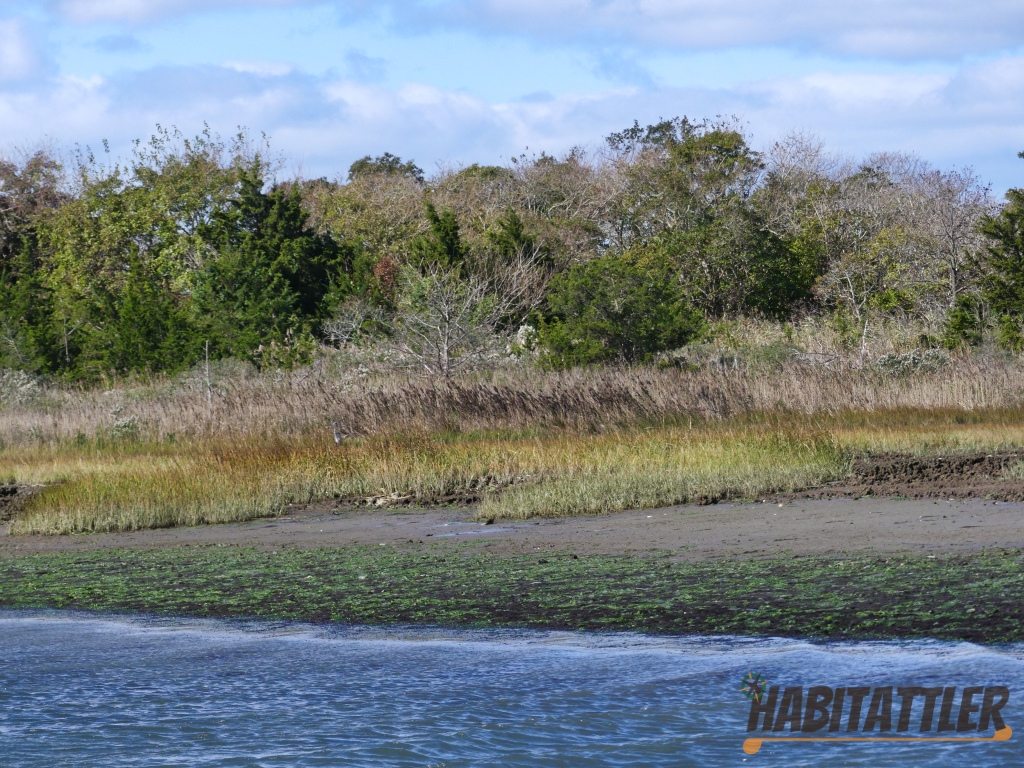
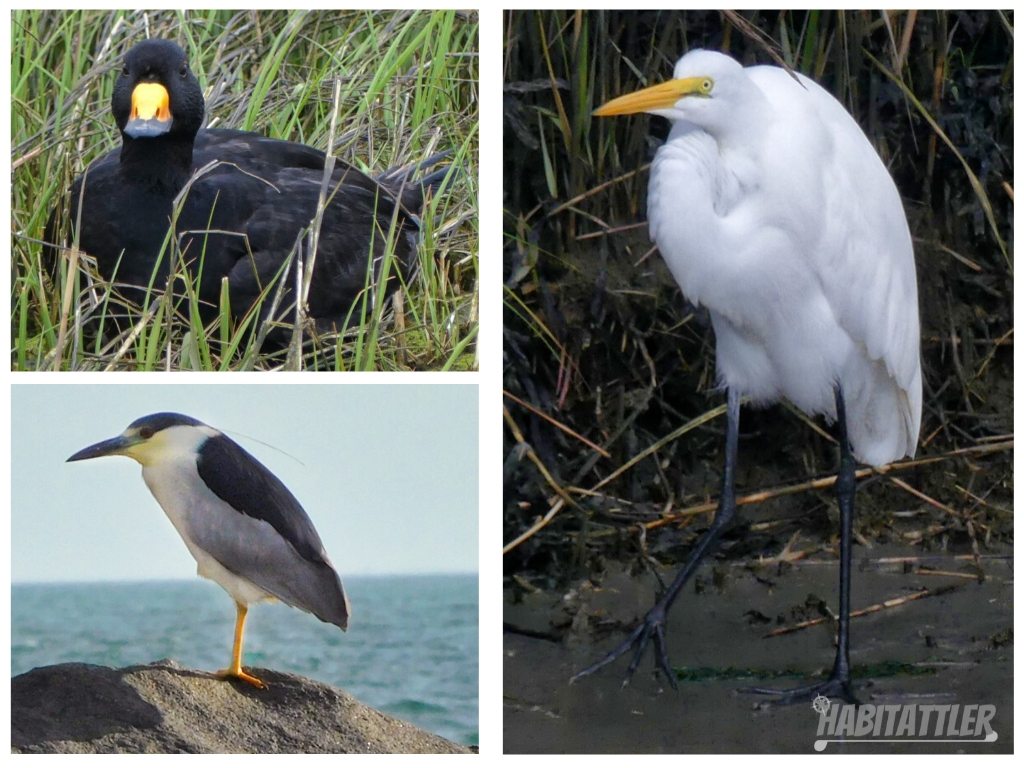
The Osprey was my introduction to Cape May, booked as a side trip while spending a weekend in Wildwood. Since then, My Ladyfreind and I have ventured out with trusty Captain Bob several times and it has yet to disappoint. Even on rainy and sparser days, we’ve been treated to new sights each time. Take in this serene landscape and its avian residents through the sliding glass panoramic windows or test your sea legs on the bow upon the wind, the choice is yours.
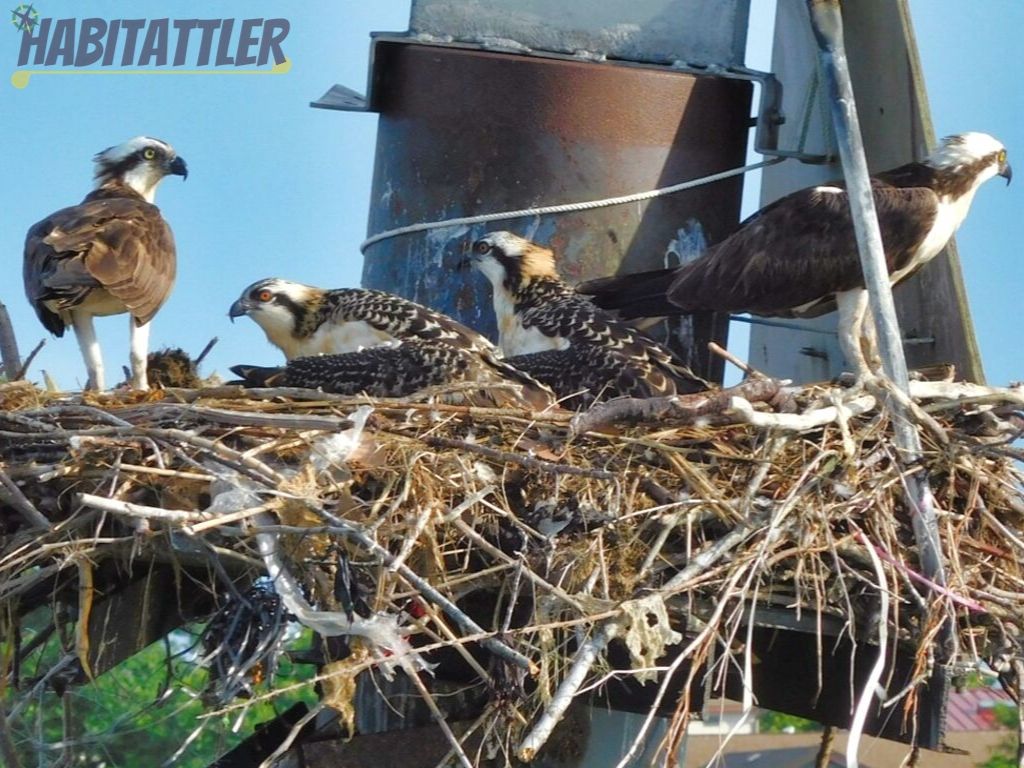
Sunset Beach
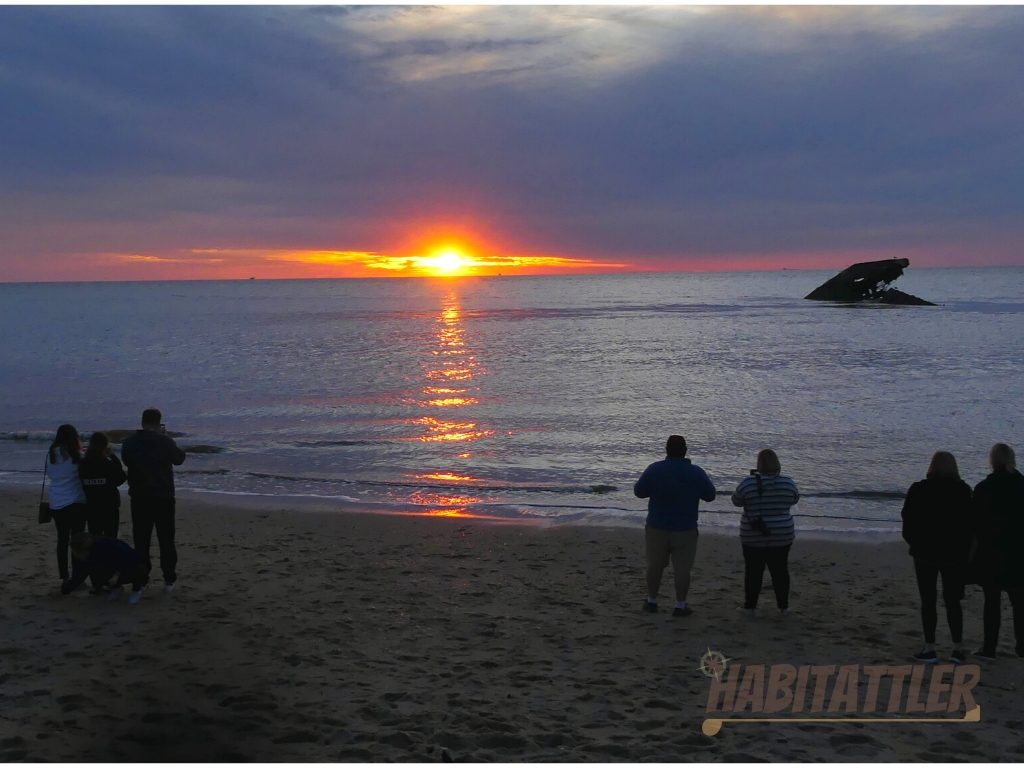
- Popular spot for sunset viewing.
- Historic WW2 era fire control tower No. 23
- Ruins of the S.S. Atlantus
- Cape May Diamond hunting
- Alternate entrance to Higbee Beach.
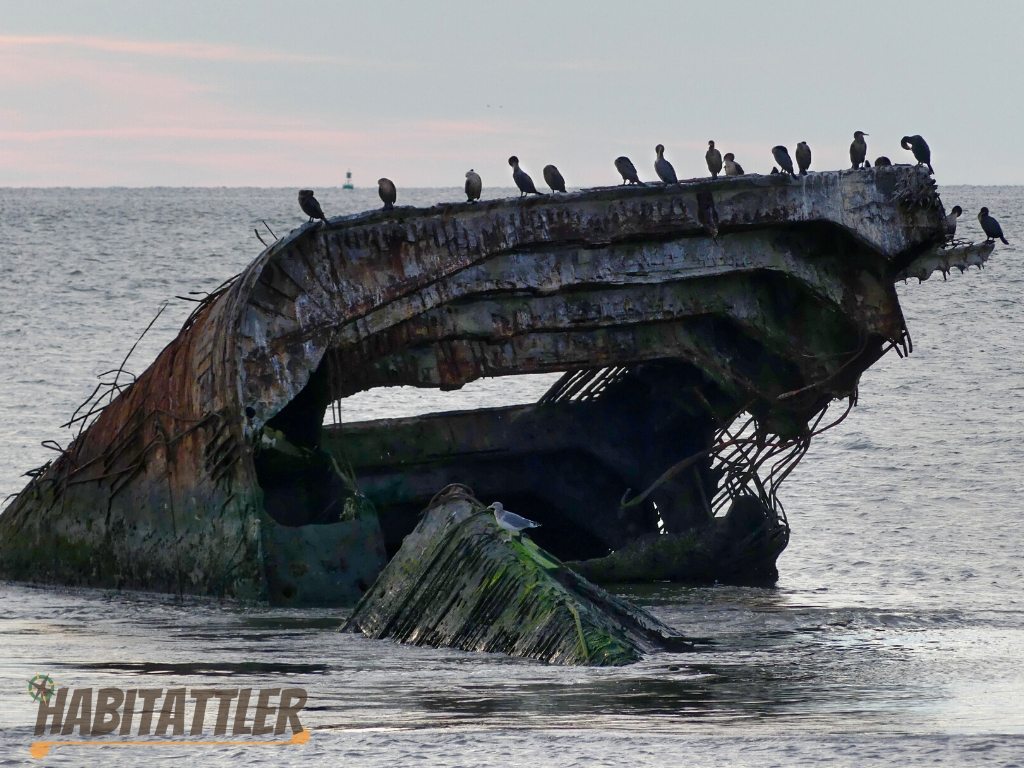
After a long day out of taking in the wonders of Cape May, slip into the evening with a natural light show at Sunset Beach. Watch the ruins of the historic SS Atlantus fade to black on the shimmering periwinkle waters of the Delaware Bay against a fiery liquid sky.
Arrive early and hunt along the shoreline for the fabled Cape May Diamonds. These highly polished quartz pebbles are a traditional Cape May keepsake. The shops at Sunset Beach , including a gem and mineral store, offer other souvenirs as well.
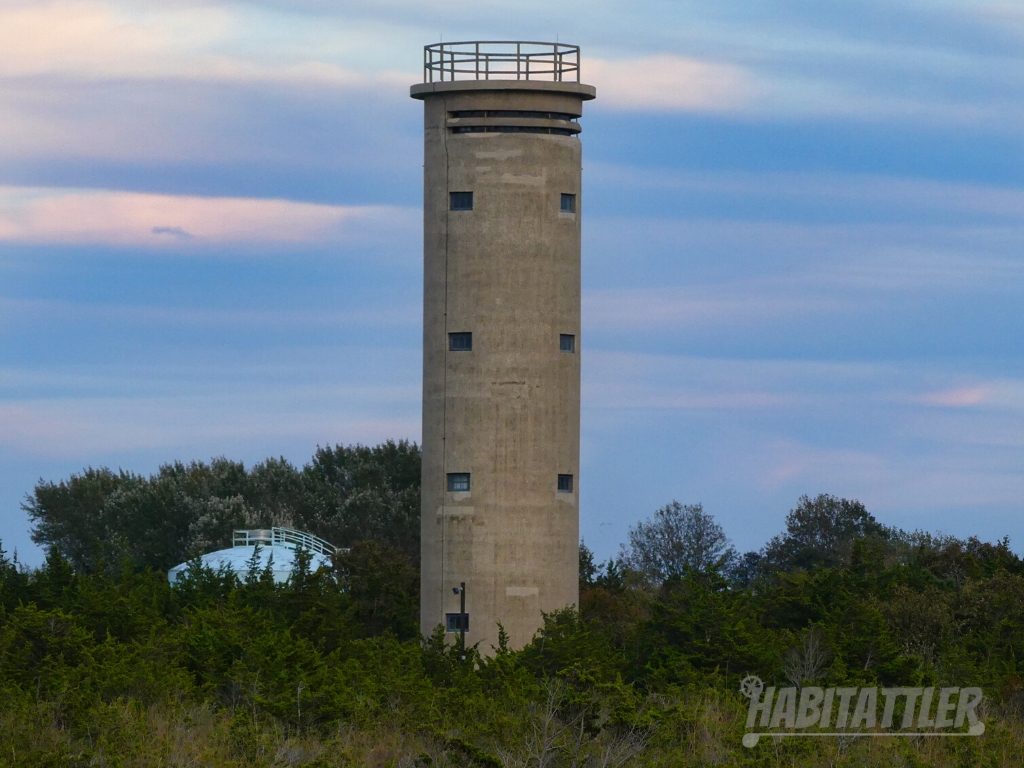
A short jaunt down from Sunset Beach on Sunset Blvd is Fire Control Tower No. 23. Along with Battery 223 in Cape May Point State Park, This WW II era tower was part of a larger coastal defense system known as Fort Miles. Other remnants of Fort Miles still remain across the Delaware Bay in Cape Henlopen State Park. The tower was restored by the Mid Atlantic Center for the Arts (MAC) in 2008 and is open for tours.
Map
Make use of this Google Map and the links contained in the post to help plan your excursion.


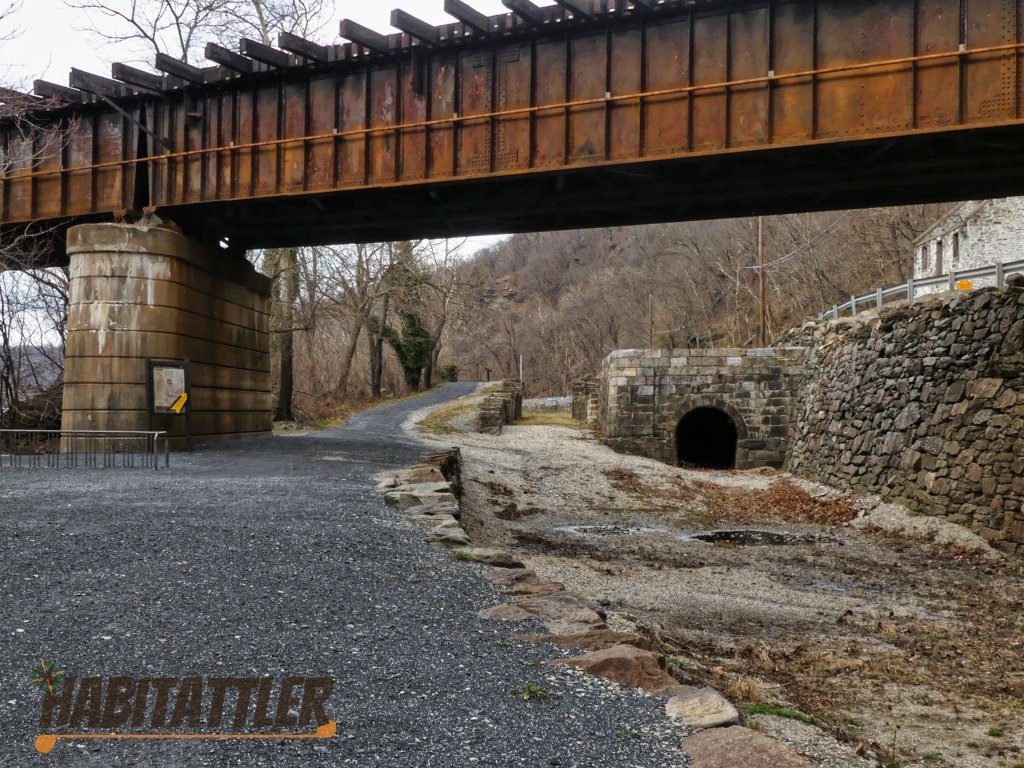
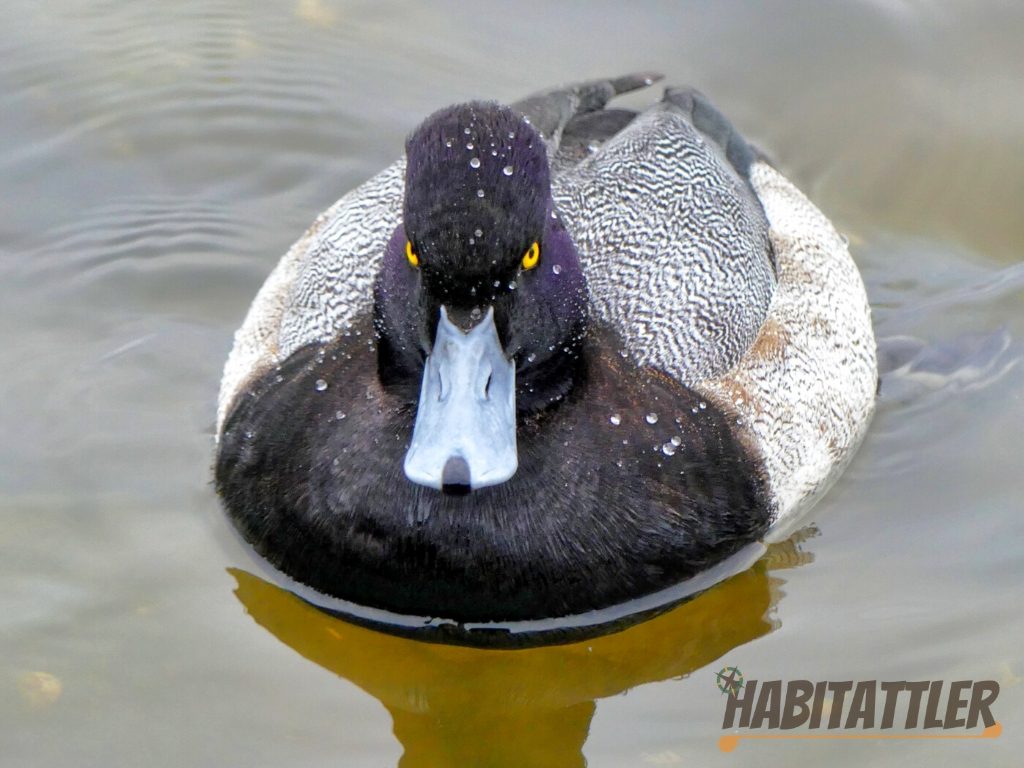
December 1, 2019 @ 2:33 am
Great blog!! I love Cape May Point!! We’ve stayed there many times I’m a little bungalow. So quiet and beautiful.